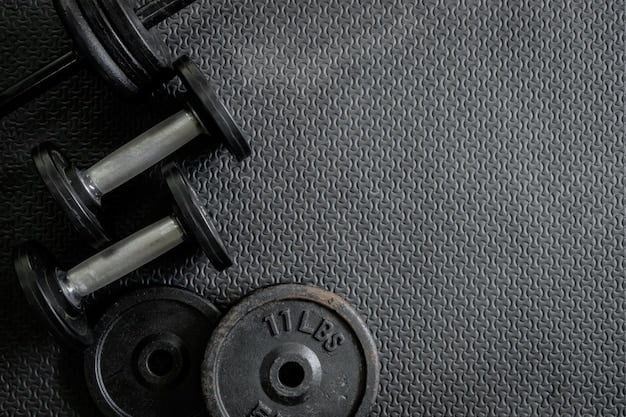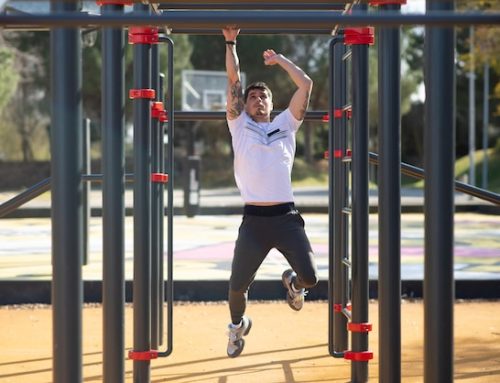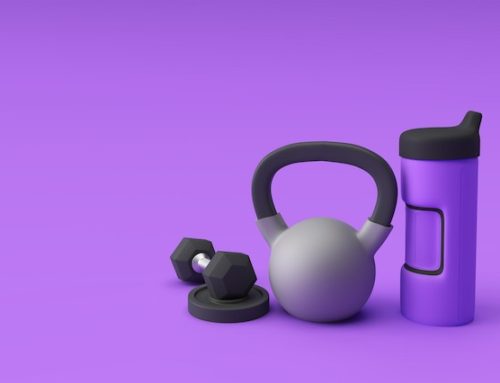Introduction
Calisthenics is a form of exercise that involves using your own body weight to perform various movements. These movements are typically designed to improve strength, flexibility, and overall fitness. Calisthenics is a great way to stay in shape, and it has many benefits. However, like any form of exercise, there are also some disadvantages to calisthenics that you should be aware of.
Disadvantages of Calisthenics
When it comes to calisthenics, there are a few potential downsides that you should be aware of. These include the following:
1. Limited Resistance
One of the biggest disadvantages of calisthenics is that you are limited by your own body weight. While this can be great for building endurance and improving your overall fitness, it may not be enough to build significant muscle mass. If you are looking to build a substantial amount of muscle, you may need to use weights or other equipment to increase the resistance.
2. Lack of Variety
Calisthenics typically involves using the same movements over and over again. While this can be great for improving your form and mastering certain techniques, it can also get boring after a while. If you are someone who needs variety in your workouts to stay motivated, calisthenics may not be the best choice for you.
3. Risk of Injury
Like any form of exercise, calisthenics carries a risk of injury. This is especially true if you are new to the movements or if you are performing them incorrectly. To reduce your risk of injury, it is important to start slowly, use proper form, and never push yourself too hard.
4. Requires Space
Calisthenics typically requires more space than other forms of exercise, especially if you are using equipment like bars or rings. This can be a problem if you are working out at home or in a small space. It may also be difficult to find a suitable place to perform calisthenics if you are traveling.
5. Limited Cardiovascular Benefits
While calisthenics is great for building strength and improving flexibility, it may not be the best choice if you are looking to improve your cardiovascular health. Unlike running or cycling, calisthenics is not a high-intensity workout, which means it may not be as effective at improving your heart health.
Conclusion
While calisthenics has many benefits, it is important to be aware of the potential downsides. From limited resistance to the risk of injury, there are a few things you should consider before incorporating calisthenics into your workout routine. However, with proper form, patience, and dedication, calisthenics can be a great way to improve your overall fitness and stay in shape.






